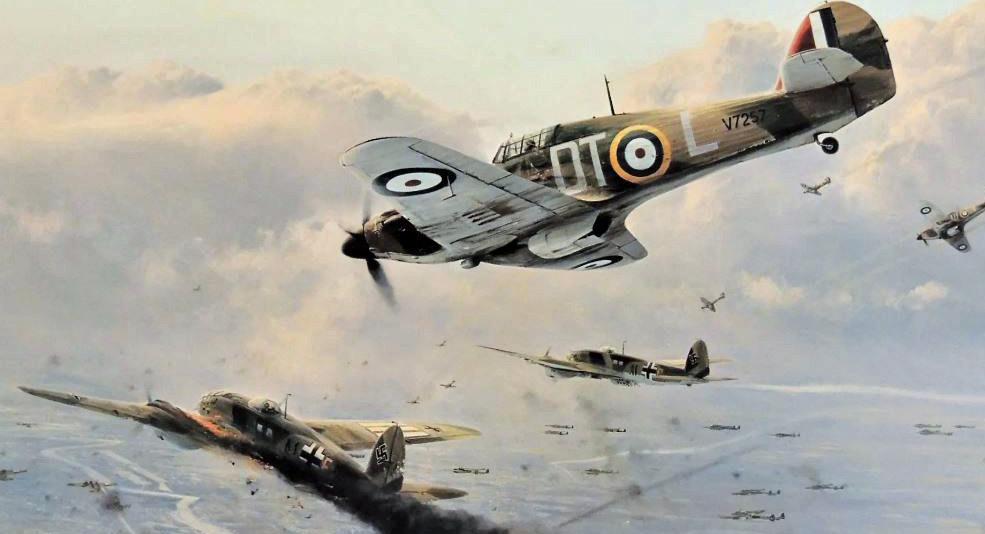
5 minute read
WCOBSERVER
Wellington College Old Boys With The Battle Of Britain Clasp
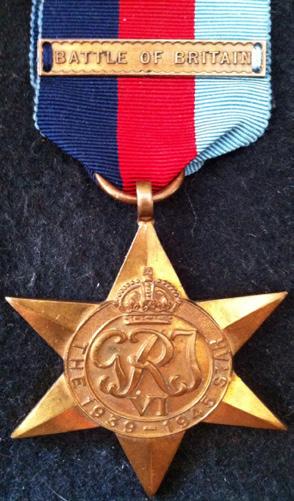
Advertisement
Thirteen Old Boys flew operationally with the RAF Fighter Command during the Battle of Britain, 10 July to 31 October 1940. Only five survived the end of WWII.
Hurricane
FORCE” by Peter Taylor. Hurricanes of 257 Squadron attack a large force of Heinkel 111 and Dornier 17 bombers over London on 15 September 1940.
Richard Walter Brookman
WC: 1929 - 1930
Sergeant, Observer, 235 Squadron, a Blenheim Squadron which flew in support of fighter command during the Battle of Britain, escorting convoys, reconnaissance’s and airsea rescues. On 22 February 1941, after attacking a German aircraft, Brookman’s plane was seen to crash into the sea. All members of the crew were listed as missing and were later presumed killed on 22 February 1941, aged 28.
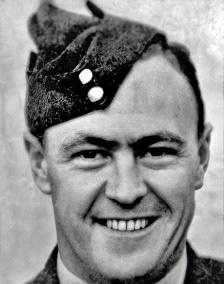
Charles Roy Bush
WC: 1932 - 1935
Pilot Officer, Pilot, 242 Squadron. During September 1940, flying hurricanes, Bush attacked, damaged or destroyed several German aircraft including an Me 109 that dived on him from behind. Going into a spin and dive Bush managed to come behind the German, firing till the aircraft broke up and crashed into the sea. Bush continued the war with several squadrons, receiving the DFC in 1941. Roy Bush was killed in 1948 when carrying out photographic reconnaissance in the Gisborne area and his Oxford aircraft crashed in the Ruahines.
Wilfred Greville Clouston
WC: 1929 - 1931
Flight Lieutenant, Pilot, 19 Squadron. Flying spitfires during the Battle of Britain, Clouston was involved in the destruction of around 14 German aircraft. He was awarded the DFC in June 1940. Clouston continued with the RAF, then in command of 488 (New Zealand) Squadron and posted to Singapore. He was captured when the Japanese occupied Singapore and spent the rest of the war as a prisoner. Released in 1945, Clouston continued with the RAF retiring in 1957. He returned to New Zealand, taking up farming. He died in 1980.
Alan Antill Gawith
WC: 1929 – 1931
Pilot Officer, Pilot, 23 Squadron.
In 1939, 23 was equipped with Blenheim 1fs and became increasingly used in its night-fighter role. On the night of 11 October, Gawith damaged a Ju 88 but its destruction was never confirmed. In 1941, with an all New Zealand crew, they had several successful sorties over German airfields and infrastructure in France. He was awarded the DFC in May, 1941. After the war, Gawith returned to New Zealand joining the family firm of solicitors. He died in 2013.
Patrick Wilmot Horton
WC: 1934 - 1935
Pilot Officer, Pilot, 234 Squadron. 234 was re-equipped with Spitfires in March 1940 and shot down several German aircraft through to September. He then volunteered for service in the Middle East. He was one of twelve Hurricane pilots, on 17 September 1941, to take off from the aircraft carrier HMS Argus to reinforce Malta, led by two Skuas. Only one Skua and four Hurricanes arrived, all practically out of fuel. Pat Horton was one of those lost. Died 17 November 1940, aged 20.
John Richard Kemp
WC: 1930 - 1932
Pilot Officer, Pilot, 141 Squadron. 141 was re-equipped with Defiant two-seater aircraft in June,1940. On 19 July nine aircraft took off to carry out an offensive patrol. They were surprised by a superior force of Me 109s and in less than a minute, four Defiants were shot down into the sea, including Kemp. Only two Defiants made it back to their base. Kemp’s body was never found. Died 19 July 1940, aged 26.
Donald Carr MacKenzie
WC: 1936 - 1937
Pilot Officer, Pilot, 56 Squadron. MacKenzie joined 56 in September 1940. In 1941, he had taken part in 23 interception patrol with 56 and was credited with the destruction of an Me 109. In 1942, he was a test pilot for Rolls Royce, flying many types of aircraft including jet propulsion tests. In 1943, he was appointed Flight Commander flying Lancasters. On 11 June 1943, his flight failed to return from an attack on Düsseldorf. It was subsequently learned they had been buried at Rheinberg Military Cemetery. In July 1943, Donald MacKenzie was awarded the DFC. Died 12 June 1943, aged 22.
Harold Leslie North
WC: 1935 - 1936
Pilot Officer, Pilot, 43 Squadron. Flying Hurricanes, during July 1940, 43 fought over the Channel by day and patrols by night. On August 18, twelve Hurricanes intercepted 28 Ju 87s. North claimed one destroyed and one probable. North saw action eight days later acting several aircraft but was hit by a cannon shell and bailed out, wounded. North continued successfully with in 1941 and 42 with 457 Squadron Spitfires. On 1 May, he was last seen diving on enemy aircraft but was not seen again. An award of the DFC was made to him in June 1942. Died 1 May 1942, aged 23.
John Sinclair Priestley
WC: 1927 – 1930
Pilot Officer, Pilot, 235 Squadron. Priestley joined 235 on 18 August 1940, flying his first sorties on minesweeper escort. On 30 August, he took off in on a training flight. The aircraft went into a sustained spin and crashed at Barwick farm. Priestley and his passenger were killed. Died 30 August 1940, aged 27.
Colin Campbell Pyne
WC: 1936 – 1938
Sergeant, Air Gunner, 219 Squadron. Pyne joined 219 on 5 July 1940 flying in Blenheims on night patrols and convoy escorts. In September 1940, 219 received Beaufighters. On 17 February, Squadron Leader Little with Pyne as air gunner shot down a Do 17 over London. Later Pyne joined 157 Squadron flying the first fully operational Mosquitos. He was promoted to Warrant Officer 1 April 1942. In September, he was badly injured when he was knocked off his bicycle. He was repatriated to New Zealand. He died in 1975.
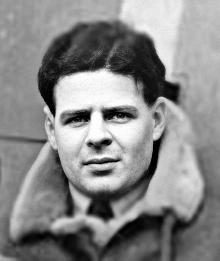
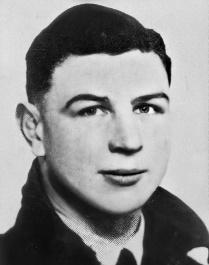
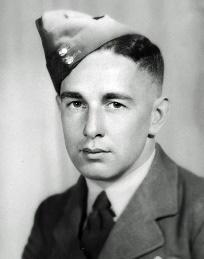
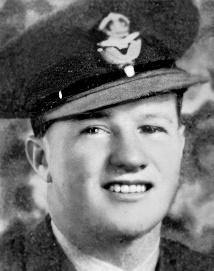
Charles Stewart
WC: 1930 – 1934
Pilot Officer, Pilot, 54 and 22 Squadrons. Two days after joining 54 Squadron on 22 August 1940, he was shot down by a Me 109 and baled out. He was eventually rescued from the English Channel. He was then posted to 222 Squadron flying Spitfires over the Thames Estuary in the closing stages of the Battle of Britain. In 1941, Stewart joined 485 (NZ) Squadron again flying Spitfires. On 11 July 1941, he was last seen after being attacked by Me 109s. He was lost on his fortieth operational sortie with 485 Squadron. Died 11 July 1941, aged 24.
Kenneth William Tait
WC: 1933 – 1936
Flying Officer, Pilot, 87 Squadron. Tait was flying with 87 at the outbreak of war as part of the British Expeditionary Force destroying several German aircraft. When 87 Squadron was moved to Exeter in July 1940, Tait destroyed several German aircraft. He was awarded the DFC in February 1941, being credited with at least six enemy aircraft destroyed. Tait was lost without trace during an operational flight over the North Sea on 4 August 1941, aged 22.
Douglas Mitchell Whitney
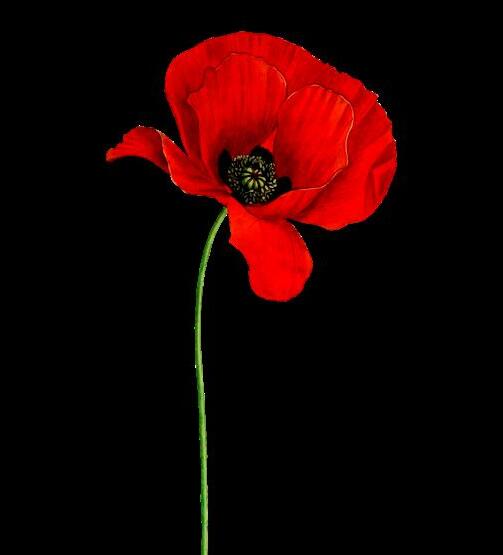
WC: 1927 – 1930
Pilot Officer, Pilot, 245 Squadron. Whitney joined 245 Squadron on 28 September 1940 flying Hurricanes. They flew convoy patrols for the defence of Belfast. He then volunteered for overseas. He had numerous attachments from Egypt, Malta, and West Africa. Whitney eventually made his way back to New Zealand in 1943. Attachments to Woodbourne, Ohakea, Rongotai and Wigram followed until he was demobilised in 1945. He died in 1981.









